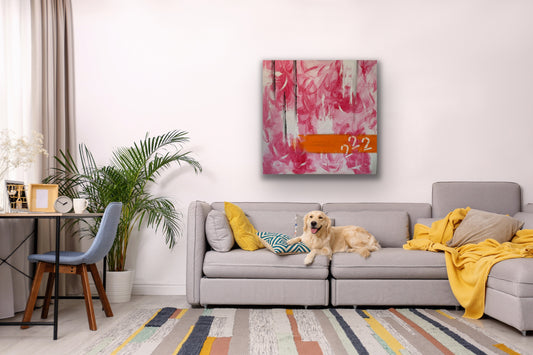Creator. Strategist. Soul Worker.
A realm of intentional travel, creative artifacts, and living lore — designed to support clarity, creativity, and calm.

Artifacts
-
Riffs in Red — Original Encaustic Wax Painting (Be Bold Series No. 2)
Vendor:StaciaRegular price $99.00 USDRegular price -
 Sold out
Sold outCoy Dreams - Original Painting
Vendor:StaciaRegular price $99.00 USDRegular price -
222 On Angel's Wings - Original Painting
Vendor:StaciaRegular price $497.00 USDRegular price
1
/
of
3

Contemporary Creative Works + Aligned Commissions

Check out the Gallery
Stroll through the RiftJournal
-

Gratitude Without Hustle: My 2026 Theme | Attit...
December turns the volume up—more lists, more pressure, more noise. In 2026, I’m choosing Attitude of Gratitude as a nervous-system-friendly practice: present, honest, and free of hustle. If you want,...
Gratitude Without Hustle: My 2026 Theme | Attit...
December turns the volume up—more lists, more pressure, more noise. In 2026, I’m choosing Attitude of Gratitude as a nervous-system-friendly practice: present, honest, and free of hustle. If you want,...
1
/
of
4
Digital Artifacts
-
Relax Into Being (audio)
Regular price $2.99 USDRegular price$14.99 USDSale price $2.99 USDSale -
Rock the Stage (audio)
Regular price $2.99 USDRegular price$14.99 USDSale price $2.99 USDSale -
Softly to Sleep (audio)
Regular price $2.99 USDRegular price$14.99 USDSale price $2.99 USDSale -
Strength & Grace: Gratitude Digital Postcards — Limited Edition
Regular price $10.00 USDRegular price









